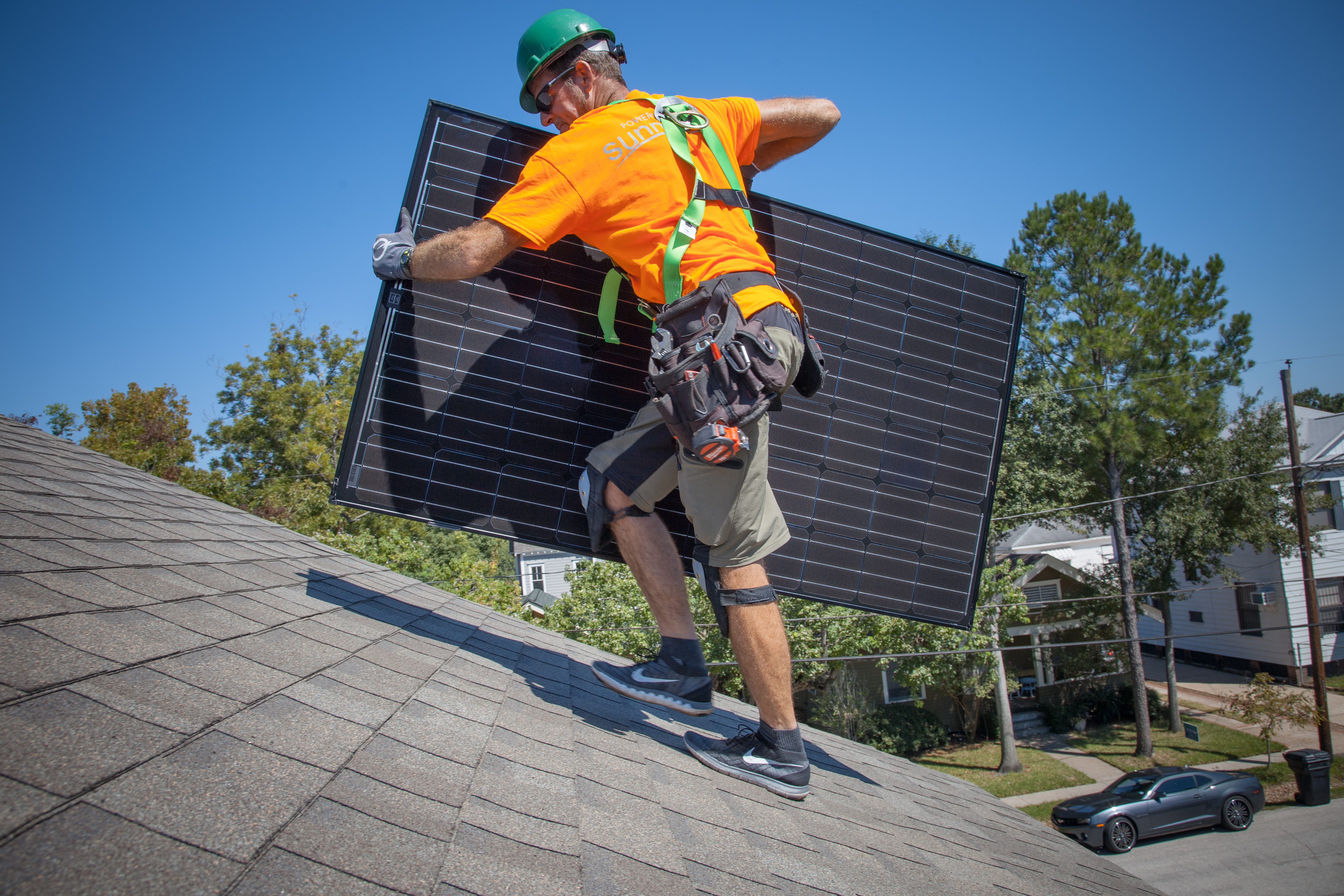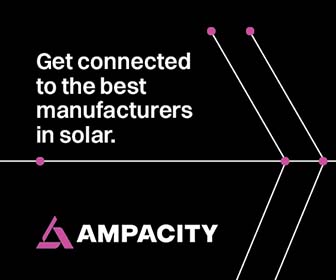The State of Solar Financing
 The solar industry continues to go through the growing pains and huge successes typical of any groundbreaking industry. From state net metering battles, to companies declaring bankruptcy, to rooftop solar's 1 millionth installation, solar has been making big headlines this year. One critical part of the story is the decline in corporate financing, which includes venture capital funding and public market and debt financing.
The solar industry continues to go through the growing pains and huge successes typical of any groundbreaking industry. From state net metering battles, to companies declaring bankruptcy, to rooftop solar's 1 millionth installation, solar has been making big headlines this year. One critical part of the story is the decline in corporate financing, which includes venture capital funding and public market and debt financing.
According to a solar funding report published by Mercom Capital Group, a research and market intelligence company located in Austin, Texas, the second quarter of 2016 saw total corporate financing for solar fall to $1.7 billion - the lowest level seen in the past three years. The drop was a 41 percent decrease from the $2.8 billion achieved in the first quarter of this year, and a sharp decline from the $6.9 billion raised in fourth quarter 2015. The global solar venture capital funding segment, which includes private equity, saw a significant decline in the second quarter of 2016 with $174 million in 16 deals, compared to the $406 million in 23 deals in the first quarter.
However, there are bright spots in this story. Mercom Capital Group reported downstream solar companies led the venture capital funding category with $112 million, while solar public market financing reached $179 million.
In addition, the residential and commercial solar sector experienced a solid second quarter. $1.3 billion was raised in 11 deals, representing a 36 percent improvement over the $1 billion achieved in the first quarter, with $800 million going towards the lease model and $555 million directed to loan funds.
This strong showing is due, in part, to the fact that the residential and commercial solar sector has an established history with corporate financers dating back to 2009: almost $20 billion has been invested in this segment of the market. It is also important to remember two of the top three fundraisers in this sector are privately held companies that have achieved financing successes comparable to their publicly traded counterparts.
As the solar industry continues to become more established and more companies start to enter the market, capital is harder to come by, particularly for small-to-midsize players. That said, investment opportunities are still available for solar companies willing to take advantage of the profitability business model. This model is preferred by investors over the growth-at-all-costs model, which has wreaked havoc on some solar companies in the past six months, and led to lagging stock performances and bankruptcies.
Financial discipline foundation for financing success
As of 2015, there was 233 GW of solar installed globally, with growth of 38 percent year over year, according to BP's Statistical Review of World Energy 2015. It is clear that solar is no longer just an alternative form of energy, it has gone mainstream. No longer in its infancy, the solar industry is growing quickly. That growth has come with an increased need for credit and capital, both of which carry risk and must be managed. If done properly, the companies that manage risk without inhibiting growth, particularly those occupying the distributed energy resources space, will emerge as winners in the race for America's next energy revolution.
However, the poor performance among some companies has cast doubt on solar in ways that can make investors wary of financing a volatile market. The annals of history carry the obituaries of companies that embraced a "grow at any cost" mentality, as witnessed by the recent turmoil across the industry. To overcome these challenges, solar companies will need to embrace financial discipline and solid risk management to ensure growth strategies do not harm their financial health. Like in any industry, solar companies need to make sure they don't overpay for assets, don't spend too much on overhead, and don't overleverage themselves.
The old saying, "cash is king", is particularly true for the solar industry. However, an influx of cash and other capital means companies must follow thorough and approved accounting practices. The accepted best practice is to follow Generally Approved Accounting Principles (GAAP)-a measurement of success through cash flow. These are the principles top companies, both private and public, across the world, use when reporting on financial health. This accounting method will help bring a healthy balance sheet and assure investors that solar companies are being transparent with their shareholders and private equity partners, which will be critical in building the foundation of future financing success.

John Berger is the CEO of Sunnova.
Sunnova | www.sunnova.com
Volume: 2016 September/October










.png?r=7812)

